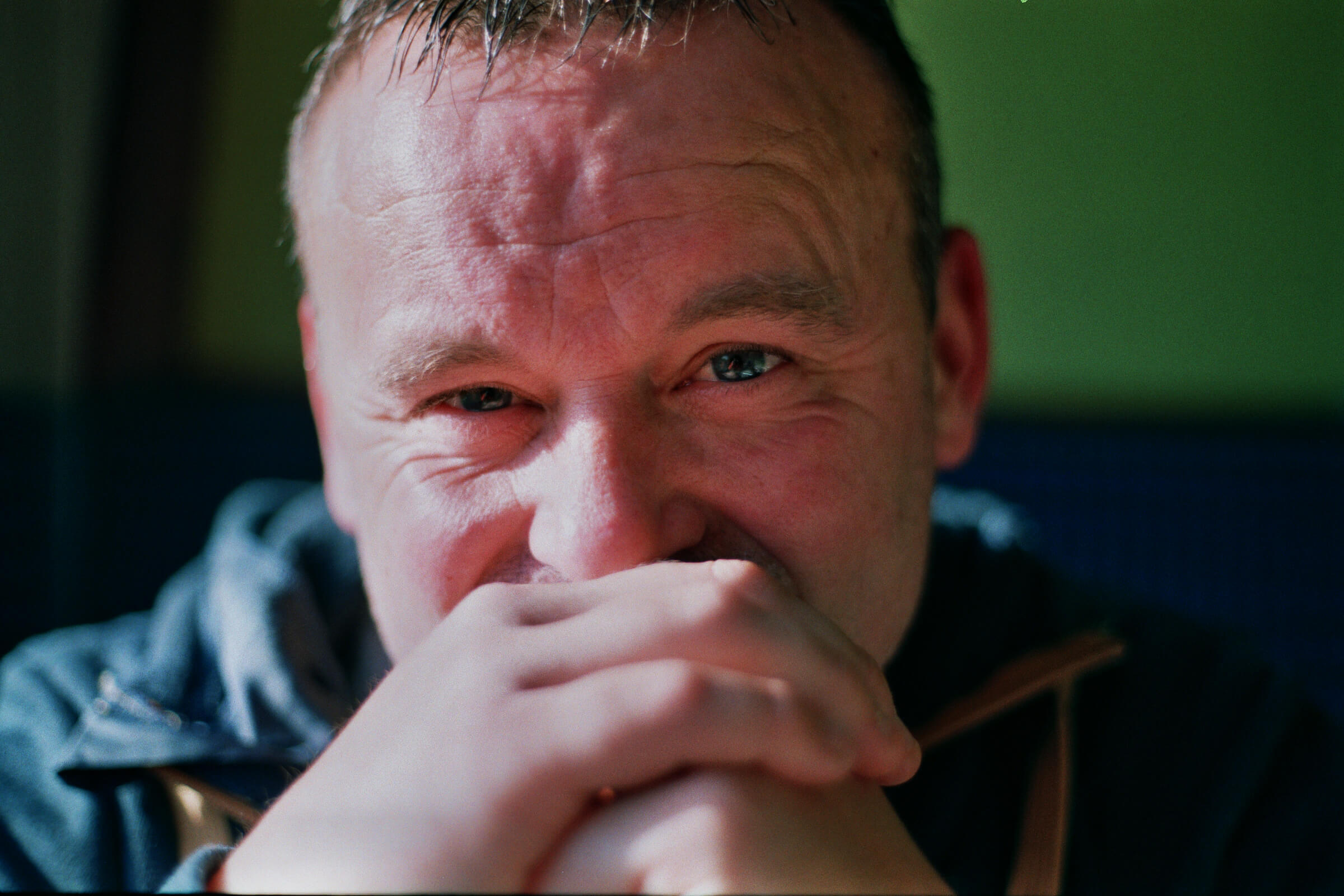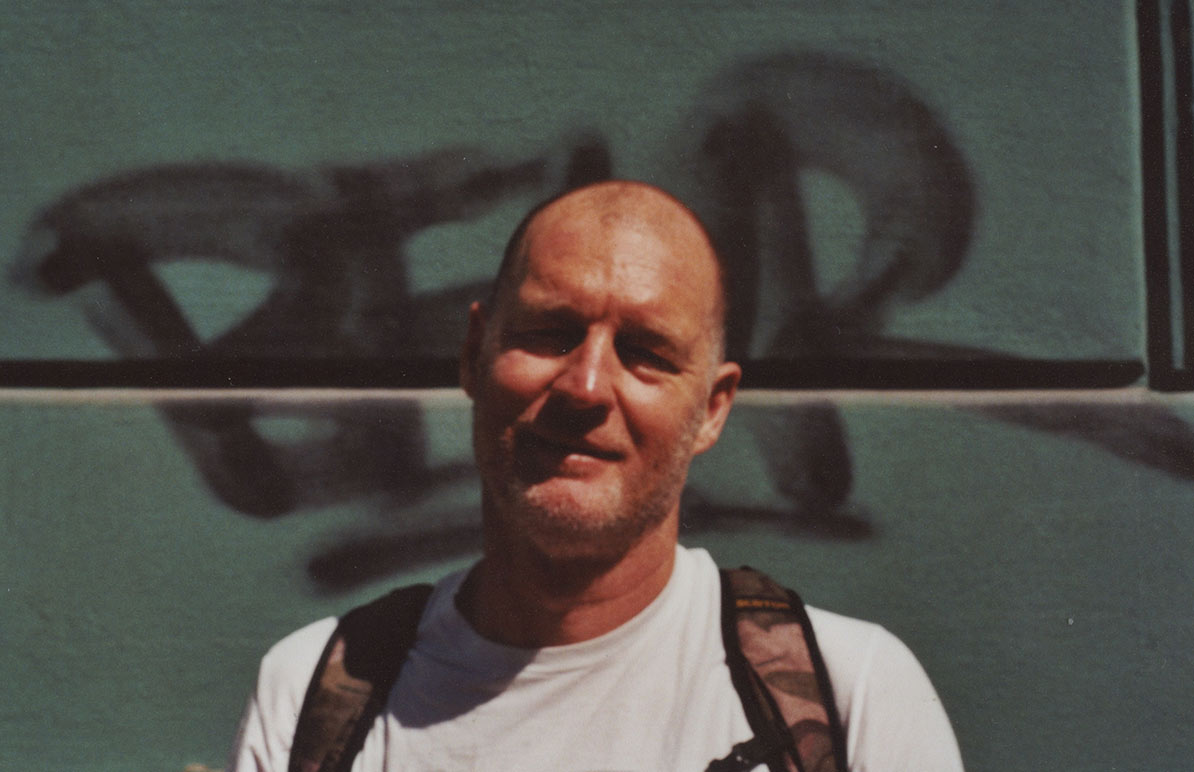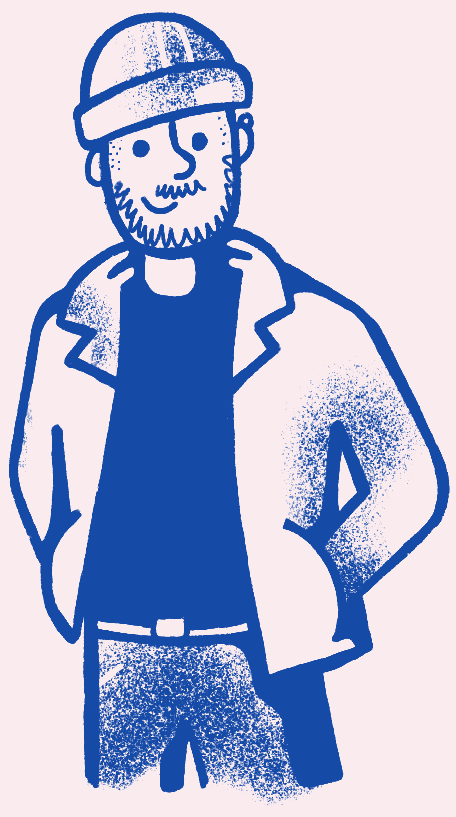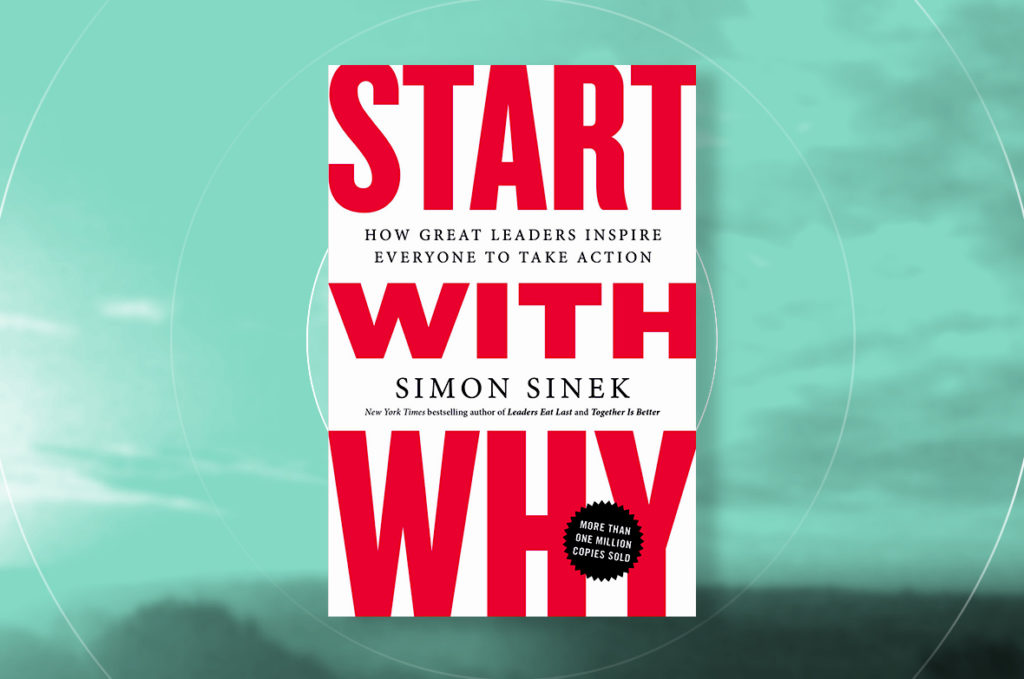
Around October last year, a few colleagues and I started our own book club. Recommendations are fairly common but it’s hard to find the time to read them all, let alone choose a good one. So to make things easy, we collected everybody’s suggestions and sorted out who wanted to get involved. I was a little quiet initially but by the time the second book assignment came around I warmed to the idea and signed up. The book was “Start with why: How great leaders inspire everyone to take action.” written by Simon Sinek. Here’s my write-up about how it went and what I learnt.
Overall
Coming into this, I was a bit overwhelmed that I’d have to read a book on something I wouldn’t normally buy and reflect on. It was branded as a Marketing book which I would usually avoid at all costs. The biggest challenge I found was keeping my notes concise, as I nearly ended up copying the whole book. However, there were a few things that really resonated with me in this.
The first was the line ‘everyday is like choosing toothpaste.” I’ve been there plenty of times. It talks about the noise we experience with certain products that don’t have a clear sense of why they exist in the first place. Next time you go buy toothpaste, just look at the abundance of different Colgate toothpastes. I’ll be honest I don’t think I’ve bought the same type twice unless it’s on offer. And its because to get sales, they take up most of the shelf, there’s one for everyone (32 variations to be precise), there’s at least one that’s always on offer, in order to manipulate you. A short term fix for a long term issue.
‘If I’d asked my customers what they wanted, they would have asked for a faster horse’ - Henry Ford
I’d heard this quote before. It tells us not to rely on data, things we can quantify and put into words all the time. This was a real interesting thing to learn. You know that feeling when something feels right but you can't quite put your finger on why it does. This is actually down to our biology not our inability to articulate. Mind BLOWN!
Had you heard of the golden circle ahead of reading?
Nope, never, only the golden ratio but that’s quite different. The golden circle is a very simple representation of how people should communicate their offering to the outside world. It can be applied to many things like how to rally people together, sell things or inspire your employees. The circle is made up of 3 rings. The outer ring is what you do, the middle ring is how you do what you do and lastly the inner ring is why you do what you do. You follow it by working from the inside out. From why to how to what. Throughout the book, Simon reminds us it’s not what you do it’s why you do what you do. And makes a good case of it by applying the golden circle to pivotal stories like the Wright Brothers first flight, the downfall of the American motor industry and how Apple continues to innovate.
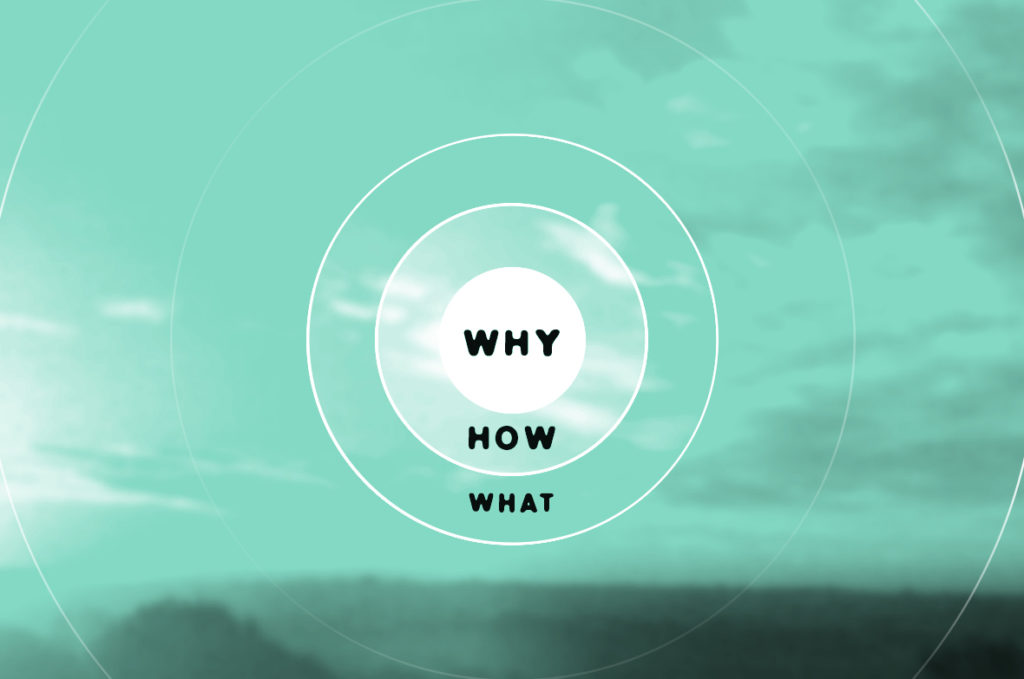
“Start with why is repetitive. Although Sinek makes a strong point, he repeats this for the entirety of the book rather than developing the idea and giving more examples. You only need to watch the ted talk to understand the method.”
It’s very repetitive! Whilst I was a little put off by all the remarks to Apple - after all they seem to be used as an example for most things, it really helped to tie the whole thing together and made it easy to follow. The other bit I thought was really clever, is because he uses a handful of examples they became like characters of a novel as you learnt more and more about them, just when you thought you knew everything, the author reveals another reason why they make a great example. It definitely helped me absorb what I was reading. I do now feel the words ‘it’s not what you do, it’s why you do what you do’ etched on my eyeballs. The ted talk is really useful but I feel like it only scratches the surface. Even though what he’s talking about is eyewateringly simple, only with the book will you have those silly moments when you realise JUST how simple it is.
Sinek defines people as WHY-types or HOW-types. Do you think you’re a why or how person? How did you come to this conclusion?
Basically in the book, he explains how Martin Luther King was a why person but every why person needs a how person. A why is just a belief. How’s are the actions we take to realise that belief. Early on I thought of myself as a how type because I dislike standing up in front of people and projecting what I believe in - heck I’ve never done that! Design wise, I can be conceptual but enjoy the roll out of things more. For instance designing a website involves many different parts, but I feel most comfortable doing one thing well. So if someone does the branding, or has an idea of how it should feel I can run with it.
But then the more I thought about it, maybe I’m half how, half why. Yes I can make things happen but I do rather love to dream. The one thing this book really does is sit at the forefront of anything you work on once you’ve read it. Throughout, you’re like ‘What is MY why”.
Why are some people and organisations more inventive, pioneering and successful than others? And why are they able to repeat their success again and again?
I think you need to be open minded, a good listener and not have the answer for everything. It definitely felt that great collaboration and trust is at the heart of all those examples. The ability to keep on doing it, is no matter how big or successful you get, you never lose those traits.
Score: ????







